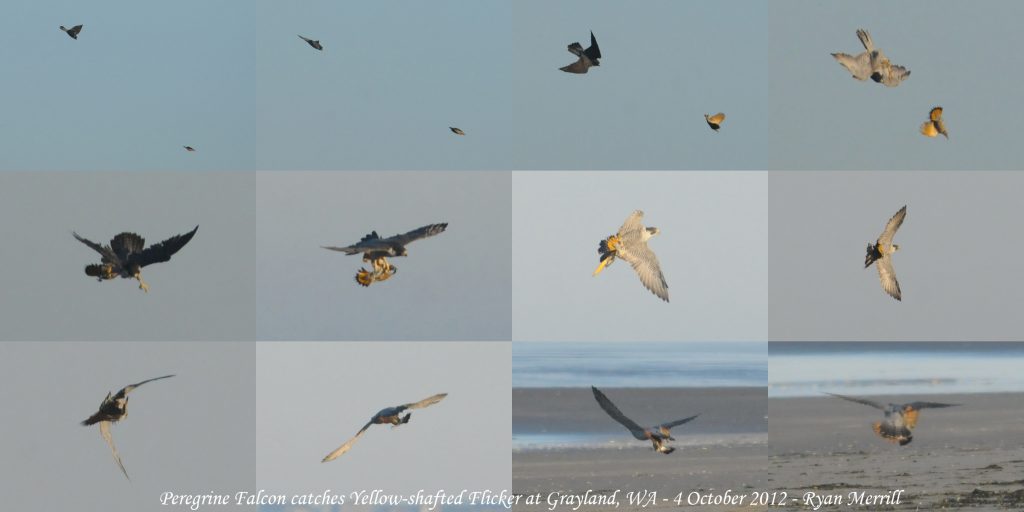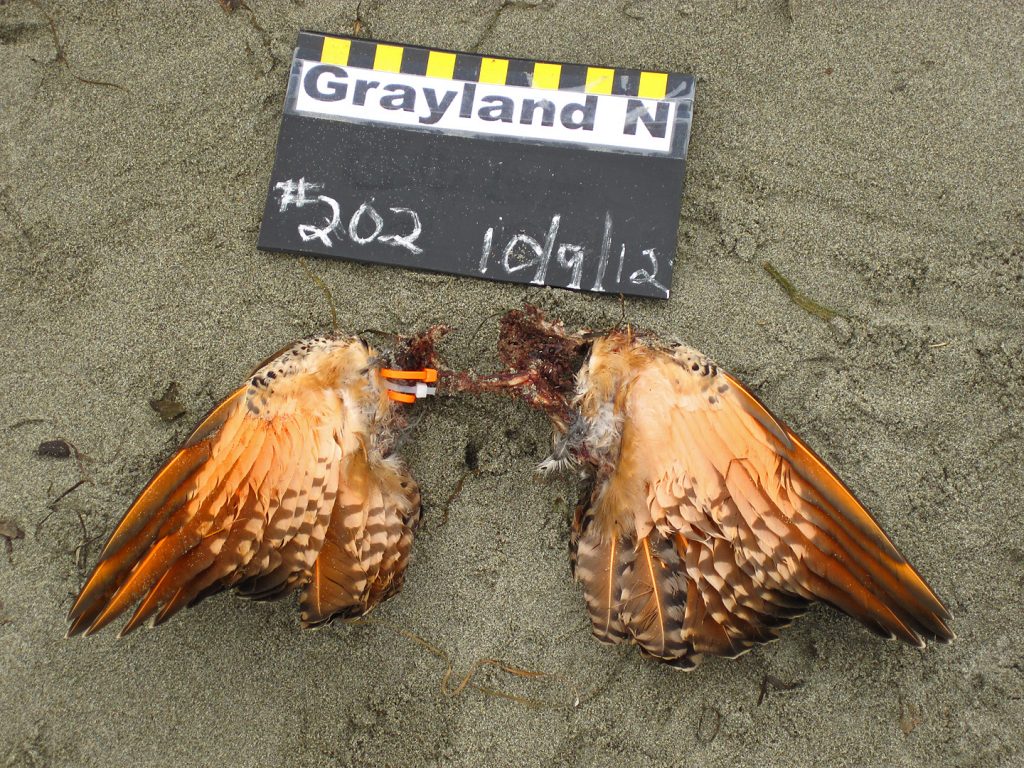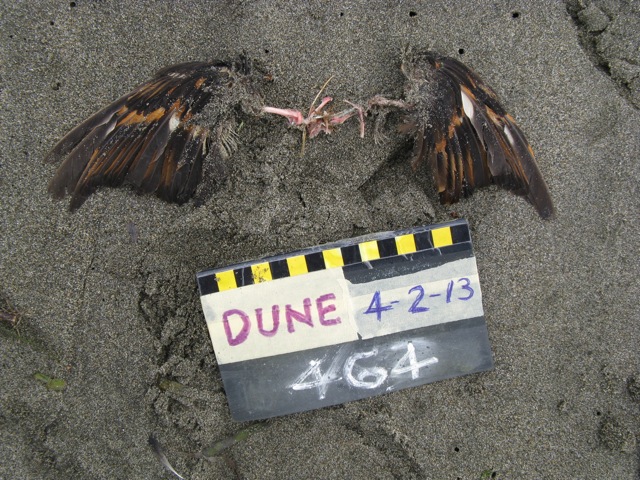Thanks Helen and Peter for passing along a photo of their Haskin Park find: Squid eggs. A first for COASST! Helen did a little research of her own on this non-bird find, “we learned that these little opalescent packages are squid eggs and found an amazing video of a squid laying eggs in the sand and transporting them back to a hanging cluster to attach.”
At COASST, we’ve had squid on the brain ever since we were introduced to Scarlett Arbuckle, who earned her PhD at Texas A & M looking at Ommastrephid squid, Dosidicus gigas. Now, Scarlett is a new member of Selina Heppell’s lab at the University of Oregon, home to a wealth of projects, among them the northward invasion of Humboldt Squid in the Pacific Ocean (check back soon, for our upcoming blog on Selina).
When you’re a squid expert like Scarlett you’re always on the look out. Scarlett says “most people first disregard squid eggs as tunicates. Helen and Peter’s photo shows a cluster of squid egg sacs, probably from loliginidae squid family. The sacs were knocked loose from their anchoring and washed up. Depending on the available substrate and species, female squid will anchor the sacs in clusters in the sand, on rocks, or, like shown in the video, to ropes and man made structures.”
While it’s difficult to tell the species without a specimen in hand (COASSTers know all about that!) Scarlett ventures these are likely “California Market squid egg sacs, since they range from Southern California all the way to Alaska.”
More to come? Yes, definitely. We’re hoping to work with Scarlett to figure out what kinds of data COASSTers can collect on beached squid to inform researchers. Stay tuned!























